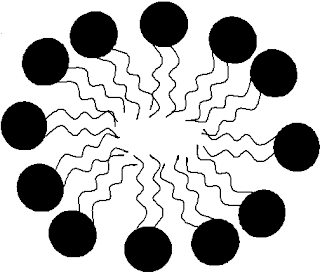Simplified Molecular Input Line Entry System
SMILESTM as a simple yet comprehensive chemical language in which molecules and reactions can be specified using ASCII characters representing atom and bond symbols. SMILESTM contains the same information as is found in an extended connection table but with several advantages. A SMILESTM string is human understandable, very compact, and if canonicalized represents a unique string that can be used as a universal identifier for a specific chemical structure. In addition, a chemically correct and comprehensible depiction can be made from any SMILESTM string symbolizing either a molecule or reaction.
SMILESTM development was initiated by David Weininger in the late 1980s using the concept of a graph with nodes as atoms and edges as bonds to represent a molecule. Parentheses are used to indicate branching points and numeric labels designate ring connection points. The basic SMILESTM grammar also includes as well as isotopic information, configuration about double bonds, and chirality leading to what is known as isomeric SMILESTM.
Some simple SMILESTM examples:
Since its inception, SMILESTM has been modified and expanded by Daylight to include not only new features but two additional chemical languages: SMARTS®, an expansion of SMILESTM allowing specification of molecular patterns and properties for substructure searching with varying levels of specificity, and SMIRKS®, a restricted version of reaction SMARTS® involving changes in atom-bond patterns that define generic reactions.
Ethanol CCO Acetic acid CC(=O)O Cyclohexane C1CCCCC1 Pyridine c1cnccc1 Trans-2-butene C/C=C/C L-alanine N[C@@H](C)C(=O)O Sodium chloride [Na+].[Cl-] Displacement reaction C=CCBr>>C=CCI
These are some examples that i have done :
















